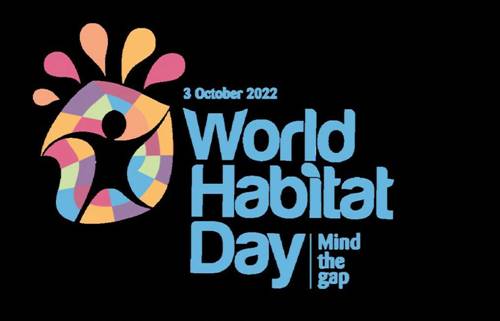Free Courses Sale ends Soon, Get It Now


Free Courses Sale ends Soon, Get It Now



Copyright infringement not intended
In News
Details
Key Points of the Report
India-specific findings
https://pib.gov.in/PressReleseDetail.aspx?PRID=1864780
https://t.me/+hJqMV1O0se03Njk9
© 2024 iasgyan. All right reserved